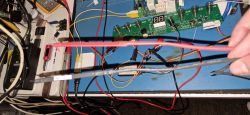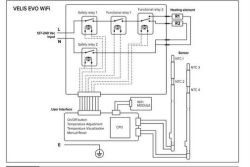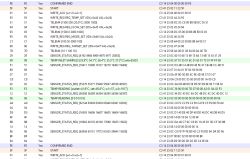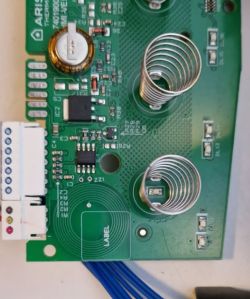

Czy wolisz polską wersję strony elektroda?
Nie, dziękuję Przekieruj mnie tam
bumble wrote:..
And why. You hang such a thing on the wall and use it, when the heater dies you replace the heater or the whole thing. An electrode is probably once every 15 years. I've never heard of such devices being serviced. Unless you boil water in it, that's different.
 .
.


{
"VER": "01",
"R1": "0054",
"R2": "00B4",
"R3": "00C4",
"R4": "0264",
"R5": "0274",
"R6": "0304",
"ED": "03F4",
"HFG": "000342422102",
"HHW": "460130051002_93D2500900",
"HHW_raw": "460130051002_93D2500900",
"HSW": "660060273204_25.04.00",
"HSN": "SERIAL_OMITTED",
"TST": "PNNPNNN",
"ECN": "93D2303400",
"VER2": "01",
"LD1": "NO",
"LD2": "NO",
"LD3": "00",
"MKT": "EU",
"TP1": "000",
"TP2": "000",
"TP3": "000",
"WIF": "1",
"INI": "0",
"TMN": 40,
"TMX": 80,
"TSP": "01",
"TDF": 70,
"THY": 5,
"ABT": 60,
"ABD": 60,
"ABF": 30,
"ABS": 1,
"ALT": 60,
"ALS": 0,
"AFT": 16,
"AFH": 11,
"ECT": 40,
"ECS": 1,
"QIK": 0,
"AIO": "00",
"AIS": "00",
"AOO": "00",
"AOS": "00",
"SRT": 40,
"SRS": 1,
"HEF": 2,
"LT1": 40,
"LT2": 50,
"LT3": 60,
"LT4": 70,
"LT5": 80,
"LO1": 30,
"LO2": 38,
"LO3": 48,
"LO4": 60,
"LO5": 70,
"DLY": 540,
"BUZ": 1,
"POS": "M",
"CAI": 32,
"CAO": 32,
"DIA": 220,
"PI1": 1500,
"PI2": 0,
"PO1": 1500,
"PO2": 0,
"CK3": "555A",
"TFG": "XXXXXXXXXXXX",
"NIN": "XXXXXXXXXXXX",
"NOU": "XXXXXXXXXXXX",
"BFG": "3100946",
"PLT": 5,
"YDY": 25169,
"BSN": 4430416,
"NFC": "X",
"SAT": "XXXXXXXXXXXX",
"R1C": "000008",
"R2C": "000038",
"R3C": "000000",
"H1H": "000000",
"H2H": "000002",
"H3H": "000000",
"PSO": "000007",
"PSK": "000001",
"POH": "000024",
"ER1": "XXX",
"ER2": "XXX",
"ER3": "XXX",
"ER4": "XXX",
"ER5": "XXX",
"LMD": "MAN",
"LTS": 70,
"LAB": 1,
"MAC": "MAC_OMITTED",
"WSN": "SERIAL_OMITTED"
}